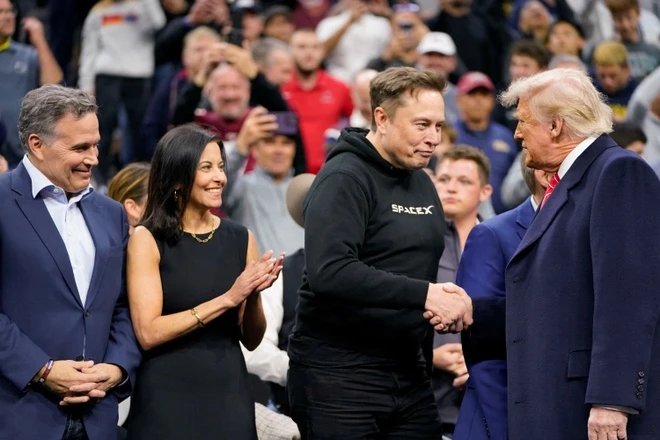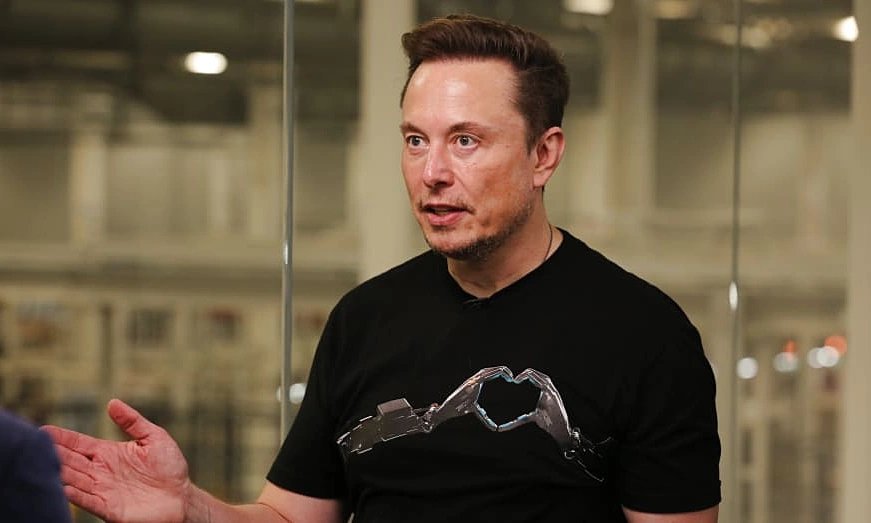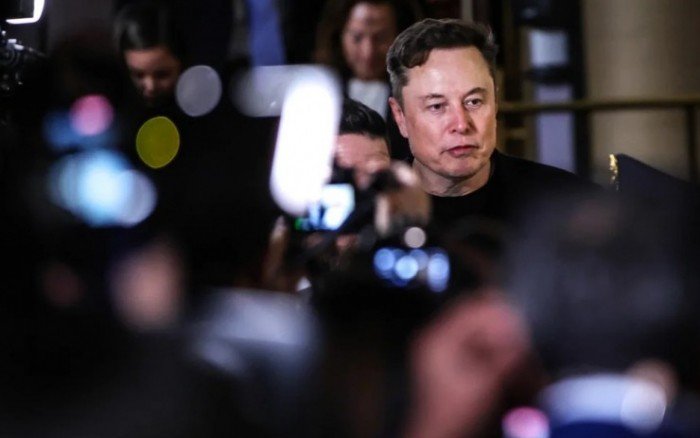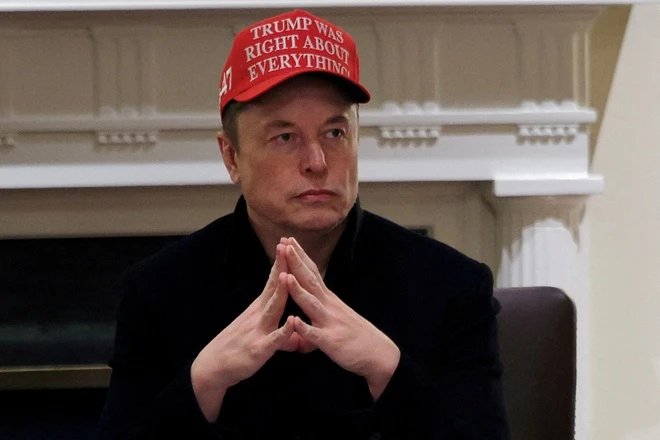Elon Musk is often viewed as one of the most ambitious and visionary entrepreneurs of our time. With a string of successful companies such as Tesla, SpaceX, Neuralink, and The Boring Company, Musk’s influence extends across industries, from electric vehicles to space exploration. However, there is a side to Musk that many do not fully understand: his seemingly insurmountable workload. Musk has been reported to juggle a staggering 17 different jobs simultaneously, raising questions about his capacity to handle such a vast array of responsibilities. But how does he manage it all, and what does it mean for the future of his ventures? Let’s take a closer look at Elon Musk’s overwhelming workload.
1. **The Man Behind the Empire: A Quick Overview of Musk’s Companies**

Elon Musk is the founder and CEO of several groundbreaking companies, each contributing to a larger vision of advancing humanity. The list of companies Musk is involved in includes:
– **Tesla** – Leading the charge in electric vehicle innovation.
– **SpaceX** – Revolutionizing space travel and private space exploration.
– **Neuralink** – Exploring the possibilities of integrating technology with the human brain.
– **The Boring Company** – Working on solving urban transportation problems with underground tunnels.
In addition to these, Musk has had his hands in several other projects, including OpenAI, SolarCity (now part of Tesla), and various philanthropic efforts. As the driving force behind all these ventures, it’s no wonder he finds himself overloaded.
1. **How Elon Musk Manages His Time: An Insight Into His Daily Routine**
Musk’s time management skills are often the subject of discussion. According to interviews and public statements, his day is meticulously planned to maximize productivity. Musk reportedly wakes up at around 7:00 AM, and after a quick shower and breakfast, he dives straight into work. His schedule is divided into five-minute blocks, allowing him to switch between different tasks and responsibilities efficiently.
A typical day for Musk might include meetings with engineers at Tesla to discuss new vehicle prototypes, followed by a quick call with SpaceX’s mission control team to discuss the latest rocket launch. In between, Musk may have time for brainstorming sessions with his team at Neuralink or checking in on the progress of The Boring Company’s tunnel construction.
Despite the intensity of his schedule, Musk claims to only sleep for about six hours each night. This sleep schedule, however, has been a point of concern for health professionals, as it is widely believed that such little sleep over prolonged periods can lead to burnout and cognitive fatigue.

1. **The Pressure of 17 Jobs: Is It Sustainable?**
Managing 17 different jobs, as Musk claims to do, is certainly not sustainable for most people. It’s an impressive feat, but it also comes with its fair share of challenges. The constant switching between vastly different industries—electric vehicles, aerospace, neuroscience, and transportation—requires an extraordinary mental agility and focus. But the question remains: how long can Musk maintain this level of productivity?
While Musk has displayed an uncanny ability to handle multiple high-stakes projects at once, it’s important to note that he is only human. Even someone as talented and driven as Musk faces the risk of burnout. In recent years, there have been signs that Musk is beginning to show signs of strain. For example, in a 2021 interview, he admitted that managing Tesla and SpaceX at the same time was a constant balancing act, and that it sometimes led to significant stress.
1. **Delegation and the Role of Trusted Executives**
One key to Musk’s ability to manage such an overwhelming workload is his reliance on a team of highly skilled executives and engineers. Musk is known for hiring individuals who are capable of taking on major responsibilities within his companies. For example, at Tesla, the CEO role is filled by Elon Musk, but much of the day-to-day operations are overseen by senior executives, such as JB Straubel and Jerome Guillen, who take care of production and engineering.

Similarly, at SpaceX, Musk is deeply involved in the company’s overall vision, but much of the heavy lifting is done by engineers and other key personnel. Neuralink and The Boring Company also have strong leadership teams that help manage the respective operations. Musk’s ability to delegate is a critical part of his success, allowing him to focus on the larger picture while entrusting experts to handle specific aspects of each project.
1. **Elon Musk’s Vision for the Future: Will 17 Jobs Become 20?**
Despite the challenges, Elon Musk’s vision for the future remains as ambitious as ever. In the coming years, he plans to push the boundaries of space travel even further with SpaceX’s mission to colonize Mars. At Tesla, he aims to continue innovating in the electric vehicle market and possibly revolutionize the energy industry with solar power technologies. Neuralink could bring the world closer to a future where humans merge with AI, and The Boring Company could potentially reshape urban transportation entirely.
In this context, Musk’s overwhelming workload may not be the last of his many roles. If anything, it’s likely that the number of jobs he holds will only increase as new ventures are added to his portfolio. The question is, how long can Musk keep up with the pace, and what impact will it have on his health and his companies?
1. **The Consequences of Overworking: A Balancing Act for Success**
While Elon Musk’s success story is impressive, it also serves as a cautionary tale for entrepreneurs and workers alike. Overworking—taking on too many responsibilities without enough rest—can lead to a decline in mental and physical health, poor decision-making, and decreased productivity. Musk’s case shows that even the most successful individuals need to maintain a healthy balance in their work and personal lives.
In fact, experts argue that productivity is not about working harder but about working smarter. Continuous overwork can diminish creativity, focus, and innovation, all of which are crucial to Musk’s success. His current workload might be sustainable in the short term, but long-term success depends on managing stress, getting enough rest, and maintaining a sustainable pace.
1. **Musk’s Impact on the Work Culture: Is ‘Overloading’ Becoming the New Normal?**

Musk’s dedication and work ethic have been both praised and criticized. On one hand, his relentless pursuit of innovation and success is admirable. On the other hand, it sends a message that overworking is a sign of greatness. Many young professionals and aspiring entrepreneurs look up to Musk as a role model, often trying to emulate his work habits without understanding the potential consequences.
As the workplace evolves and companies embrace remote work and flexible schedules, Musk’s “overloaded” approach may not necessarily be the most sustainable or effective model for all. It is essential for individuals to find a balance between ambition and self-care, so they can thrive in both their careers and personal lives.
**Conclusion: The Burden of Being Elon Musk**
Elon Musk’s ability to manage 17 jobs at once is a testament to his incredible work ethic and vision. However, as Musk continues to push the boundaries of what’s possible in business, the question of sustainability looms large. How long can Musk maintain such an overwhelming workload without risking his health or the stability of his companies?
For now, Musk’s ambition shows no sign of slowing down. But for those looking to follow in his footsteps, it’s crucial to remember that no one can sustain such an intense pace forever. Success is not just about the number of jobs you take on; it’s about finding a balance that allows for growth, creativity, and well-being. As Musk’s story continues to unfold, it will undoubtedly provide valuable lessons for entrepreneurs and professionals worldwide.
